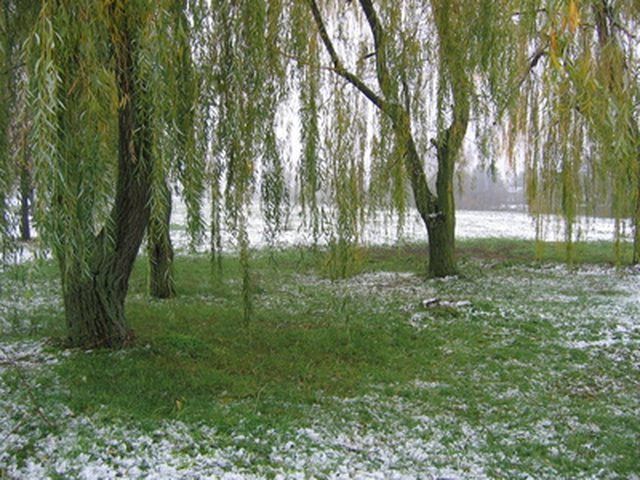Bulbs
Flower Basics
Flower Beds & Specialty Gardens
Flower Garden
Garden Furniture
Garden Gnomes
Garden Seeds
Garden Sheds
Garden Statues
Garden Tools & Supplies
Gardening Basics
Green & Organic
Groundcovers & Vines
Growing Annuals
Growing Basil
Growing Beans
Growing Berries
Growing Blueberries
Growing Cactus
Growing Corn
Growing Cotton
Growing Edibles
Growing Flowers
Growing Garlic
Growing Grapes
Growing Grass
Growing Herbs
Growing Jasmine
Growing Mint
Growing Mushrooms
Orchids
Growing Peanuts
Growing Perennials
Growing Plants
Growing Rosemary
Growing Roses
Growing Strawberries
Growing Sunflowers
Growing Thyme
Growing Tomatoes
Growing Tulips
Growing Vegetables
Herb Basics
Herb Garden
Indoor Growing
Landscaping Basics
Landscaping Patios
Landscaping Plants
Landscaping Shrubs
Landscaping Trees
Landscaping Walks & Pathways
Lawn Basics
Lawn Maintenance
Lawn Mowers
Lawn Ornaments
Lawn Planting
Lawn Tools
Outdoor Growing
Overall Landscape Planning
Pests, Weeds & Problems
Plant Basics
Rock Garden
Rose Garden
Shrubs
Soil
Specialty Gardens
Trees
Vegetable Garden
Yard Maintenance
Willow Tree Reproduction Facts
Willow Tree Reproduction Facts. Willows are, "a large family of trees and shrubs that grow along streams and in other moist places," according to the Wisconsin Department of Natural Resources. There are several different types of trees within the willow tree family, including the well-known weeping willow. Willow trees reproduce by means of...

Willows are, "a large family of trees and shrubs that grow along streams and in other moist places," according to the Wisconsin Department of Natural Resources. There are several different types of trees within the willow tree family, including the well-known weeping willow. Willow trees reproduce by means of vegetative reproduction; this is essentially a way in which plants can clone themselves, according to the Missouri Department of Conservation. They can also reproduce by seed.
Seeds
Like other trees, one of the ways in which willow trees reproduce is by seed. Long, silky hairs on willow seeds carry them quite a distance as they fall; they can also be spread by water, as most willow trees grow near a water source, according to the U.S. Forest Service. Moist soil with good mineral content is best for willow tree seeds, and a period of even a few days of dry weather can greatly and adversely affect the ability of seeds to germinate and reproduce.
Vegetative Reproduction
Willow trees also can reproduce through vegetative reproduction, when, "root stocks of very young black willow trees sprout prolifically," according to the U.S. Forest Service. Vegetative reproduction does not require any type of fertilization to take place, allowing willow trees an additional benefit in the area of reproduction.
The Missouri Department of Conservation calls the willow tree, "our champion cloner," noting that vegetative reproduction creates genetic copies of the parent plant. The brittle branches of willow trees snap off easily and are frequently carried away by nearby water sources. These branches eventually take root and sprout in new areas. Willow trees are especially adept at this procedure and can even sprout from branches that are planted upside down.
Ideal Conditions
Willow trees grow best along the muddy banks of rivers, streams, lakes, swamps and even drainage ditches. They prefer full sun and warm weather. Seeds are even more in need of moisture, suffering if without water for even a few days. Willow trees prefer clay soil, but can grow well in a variety of soils, many in which other hardwoods are unable to sustain themselves. Willow trees often grow near each other or in clumps within an area.
Growing Willow Trees
It is easy to grow a willow tree. Any cutting placed in the soil in a sunny location and given appropriate care will grow well. According to the Missouri Department of Conservation, there is an old folk story regarding a grandfather who stuck his cane in the ground, which then sprouted into a willow tree. Some theorize that the story may even be true, if the cane was made of willow. However, those wanting to plant a willow tree should consider that, also due to its ease of reproduction, it is difficult to keep willow trees under control on a landscaped property. Pulling small seedlings by hand or using an herbicide will likely be necessary.
Time for Reproduction
Willow trees start producing seeds around the age of 10 years, according to the Missouri Department of Conservation. The optimal time for reproduction is anywhere from 25 to 75 years of age, depending on the tree. Seeds typically ripen and fall from April through July, according to the U.S. Forest Service.